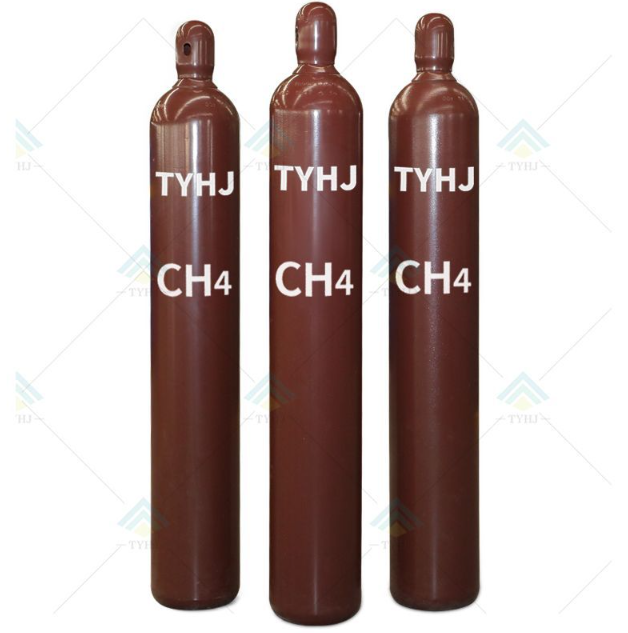Impurity Identification in Small-Molecule APIs
Impurity Identification in Small-Molecule APIs
Management of the impurity profile of an active pharmaceutical ingredient (API) is essential to manufacturing drug substance successfully in a manner that meets sponsor expectations for timeline and quality. The need to identify impurities in drug substance comes from the expectations set out in ICH Q3A (R2), with identification thresholds set based upon the dose of the final API.
Timely Impurity Identification
Impurities of principal concern are often first discovered through final product purity analysis, which for most small molecule drug substances utilizes high-performance liquid chromatography (HPLC) with UV detection. However, tracking and identification of impurities observed in in-process control testing, along with purity analysis of raw materials, can also be important to managing the total impurity profile of a drug — it is this control strategy that is most important to successful manufacturing and commercialization.
Timely identification of impurities requires a unique combination of process chemistry knowledge and considerable analytical capabilities. At Albemarle Fine Chemistry, these essential elements come together through combining decades of pharma research and development experience with teams who closely collaborate on all elements of process development, from the kilo lab to commercial production. These teams — formed early in process development — are then maintained through all phases of commercial development. This ensures that, when a need arises for prompt identification of an impurity, the puzzle pieces are already in place, and the team just needs to execute.
Understanding Customer Needs
The kickoff meeting also provides an opportunity for the CDMO and customer teams to get to know one another. Projects cannot be completed successfully unless the CDMO truly understands the short- and long-term goals of the customer. Only with the understanding of the customer’s primary concerns and essential factors for success can the CDMO establish the deliverables and determine what is needed to achieve those goals.
It is essential to be as flexible as possible so that important customer milestones can be achieved without issue, and so that robust, commercial-ready processes and methods can be established. It is also critical that, by the end of the kickoff meeting, all team members — from both the CDMO and customer — are very clear on what the deliverables are within the scope of the project and the timeline for those deliverables.
Putting Together the Puzzle — Technology is Just One Piece
Additional resources:Questions about You Should Know about HPMC
The 3¢ Sticker - Make a Vinyl DIY Sticker - Instructables
1000pcs Custom Stickers Personalized Business Text ...
Unveiling the Superiority of Iron Oxide Green 5605: A Comprehensive Guide
Applications and Advantages of Methane Specialty Gas
Understanding Isobutyltrimethoxysilane: A Comprehensive Overview
what is cas 1121-84-2 2h pyran 2 one tetrahydro 4 methyl
While necessary for structural elucidation of impurities, technology alone cannot solve problems associated with identification and control of impurities. Technology, however, is an essential piece, and prompt access to modern analytical technology, including HPLC coupled with high-resolution mass spectrometry, nuclear magnetic resonance (NMR) spectrometers, gas chromatography – mass spectrometry (GCMS), liquid chromatograph (LC) fraction collectors, and semi-preparative LC is helpful in quickly identifying impurities. At Albemarle, not only have we made the needed investments in this technology, our lead analytical chemists are each trained in the use of these technologies, have walk-up access to the instruments, and have proven experience in applying the output of these technologies to solving chemical problems.
Completing the Puzzle
—
A Mass is Just the Beginning
Advances in modern mass spectrometry mean that, in many cases, it will be readily possible to obtain a mass of an impurity of interest. With the increased sensitivity of high-resolution instruments with tandem mass analyzers, such as a quadrupole time of flight mass spectrometer, a skilled analyst can have a parent mass along with several fragments — all with accurate mass — in a matter of hours. From here, the collaborative nature of our project teams shines through. Our analytical chemists then collaborate with team members from process chemistry about possible impurity formation mechanisms and propose potential structures for the impurity based on what is known. If needed, the same mass spectrometry techniques used to determine the mass of the unknown can be used to interrogate in-process control samples and raw material samples in order to identify upstream sources of impurities.
A Guide to White Mineral Oil and Its Uses
Unlocking the Secrets: Understanding Research Chemicals
Mechanism analysis and effect of Styrene Acrylate Copolymer
What is RDP powder used for?
What are Water Soluble Fertilizers
What is zirconium phosphate used for?
What is zinc oxide used for?
- Previous: What is nano silver good for?
- Next: What Is Pyraclostrobin Used for?





